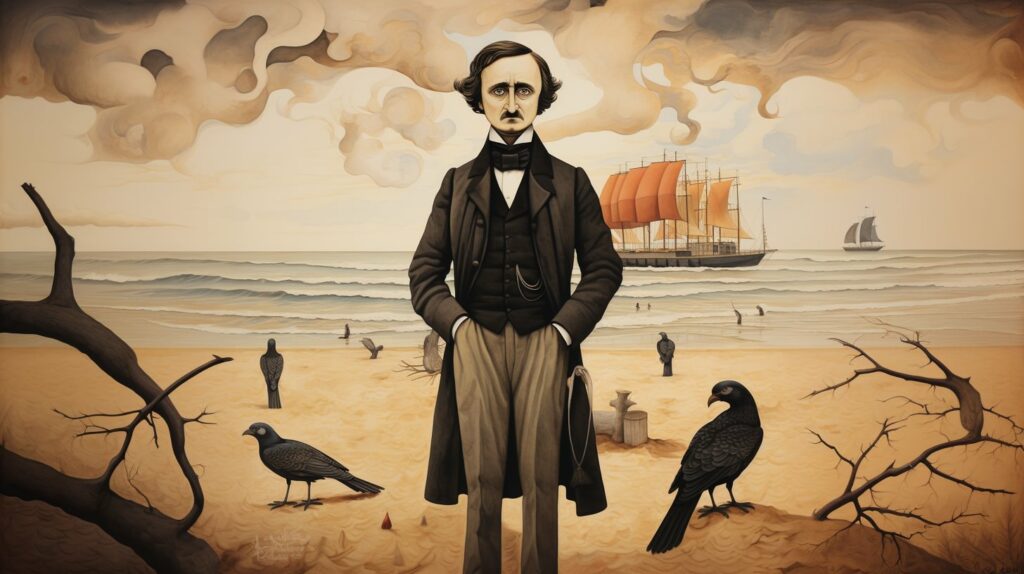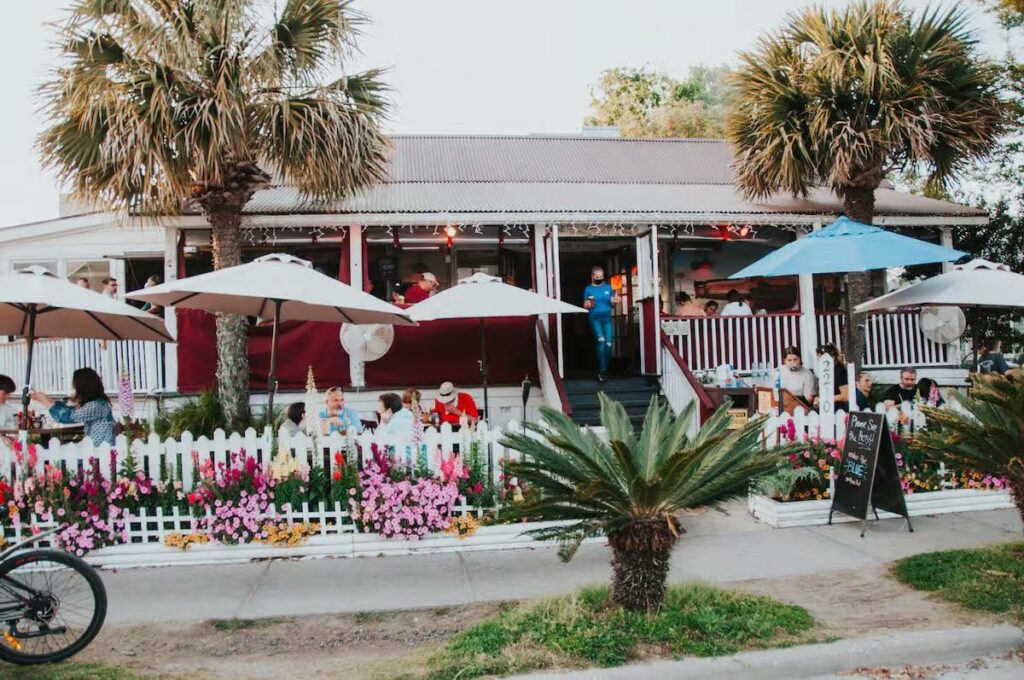The Story of Edgar Allan Poe’s Connection to Charleston, SC

Edgar Allan Poe, a name synonymous with dark tales and haunting poetry, has an often overlooked but intriguing connection to Charleston, South Carolina. Not just the stuff of literary legend, Poe’s ties to the Palmetto State are deeply rooted in his life and possibly, in his mysterious stories.
Stationed at Fort Moultrie
In 1827, a young Poe was stationed at Fort Moultrie on Sullivan’s Island, serving under the pseudonym “Edgar A. Perry” with the United States Army.
During his service, he spent about a year soaking in the local atmosphere—a mix of Southern charm and maritime mystery. Although his time here was brief, many believe it had a lasting influence on his work.
Charleston’s Influence on Poe’s Writing
Several of Poe’s works, most notably “The Gold-Bug,” exhibit strong connections to Charleston. This short story, filled with codes and cryptography, is set on Sullivan’s Island and mentions various local landmarks.
The plot—a search for hidden pirate treasure—could have been inspired by the Lowcountry’s long history of pirate activity and buried loot. There’s even a dash of voodoo and hoodoo, traditions rooted in the area, sprinkled into the narrative.
While no definitive evidence proves that Charleston directly inspired Poe’s most famous works, such as “The Raven” or “The Tell-Tale Heart,” the city’s gothic atmosphere and local legends would be ample fodder for any macabre storyteller. Folk tales of haunted plantations and eerie bayous could easily have made their way into Poe’s dark imagination.
Poe’s Tavern: A Modern-Day Tribute

If you find yourself wandering around Sullivan’s Island today, make a pit stop at Poe’s Tavern. This charming establishment serves up more than just burgers and beers; it’s a veritable shrine to the writer.
Decorated with Poe’s face and passages from his work, the tavern embraces the island’s historical connection to the author. You might just feel a whiff of that same inspiration that touched Edgar Allan Poe over a century ago while sipping on a craft brew.
Conclusion
The relationship between Edgar Allan Poe and Charleston is a rich tapestry of history and speculation. Whether or not the city directly influenced his major works, his time at Fort Moultrie and Sullivan’s Island undeniably adds another layer to the mystique surrounding one of America’s most iconic writers.
And hey, who doesn’t love the idea that a weekend trip to Charleston could lead you down the same cobblestone streets that may have once haunted Poe’s dreams?